A Strong Economy and Weak Stock Market is Bullish for Stocks
Stock-Markets / Stock Markets 2018 Mar 22, 2018 - 07:31 AM GMTBy: Troy_Bombardia
 The stock market and economy move in sync over the long run. When the stock market deviates from the economy, it inevitably realigns itself with the economy’s direction within a few months.
The stock market and economy move in sync over the long run. When the stock market deviates from the economy, it inevitably realigns itself with the economy’s direction within a few months.
The U.S. stock market’s correction in February 2018 was accompanied by a growing economy. This implies that the current “small correction” will not turn into a “significant correction” or bear market. Here’s the study: what happens when…
- The S&P falls more than 3% in a month, and…
- Consumer Confidence rises more than 3% in that same month.
This happened in:
- April 1974
- October 1979
- August 1988
- March 1994
- November 1994
- July 1996
- February 1999
- March 2001
- July 2007
- January 2015
- August 2015
All of these cases (except April 1974) saw the S&P 500 rally over the next 2-3 months. This is a medium term bullish sign for the stock market.
Let’s look at these cases in detail.
April 1974
The stock market tanked for the next half year. This was a bear market and recession. This historical case does not apply to today because the U.S. economy is not even close to being in a recession today.
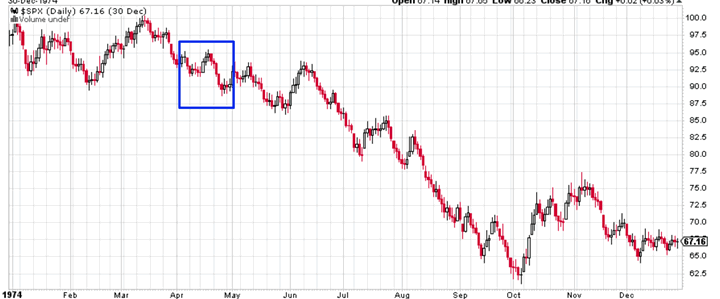
October 1979
The stock market surged over the next 3 months. The S&P 500’s next “significant correction” began more than 3 months later in February 1980.
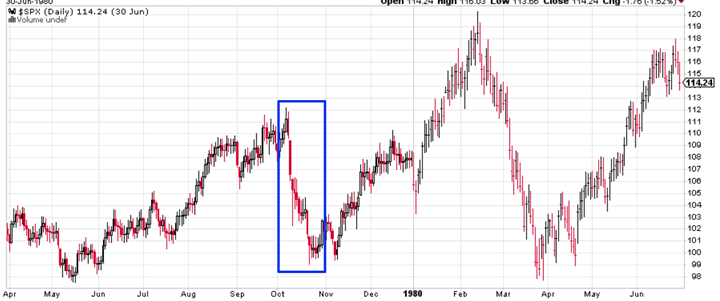
August 1988
The S&P went up over the next 2 months. It made a 7.4% “small correction” 2 months later, but the next “significant correction” was 2 years away in mid-1990.
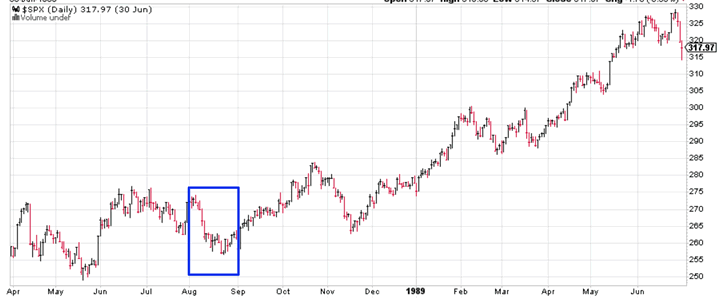
March 1994
This was the bottom of the S&P 500’s “significant correction”. It slowly swung higher in 1994 in a wide range before soaring in 1995.
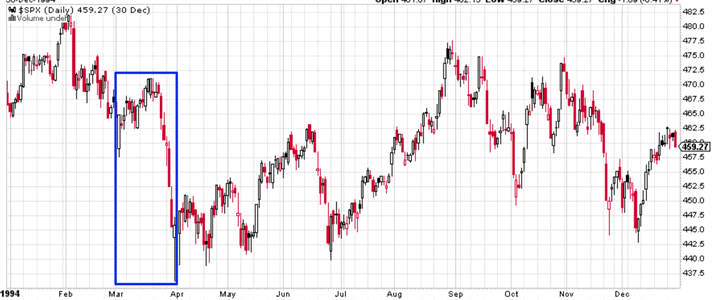
November 1994
This was the last pullback in 1994 before the U.S. stock market soared in 1995.
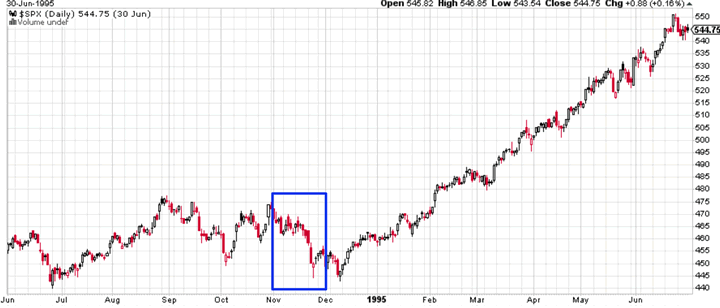
July 1996
This was the bottom of the S&P 500’s 11% “small correction”. The S&P 500 rallied nonstop over the next 6 months. The next “small correction” was 6 months away in February 1997.

February 1999
The S&P went higher over the next 2.5 months. The next 7.1% “small correction” began 2.5 months later.
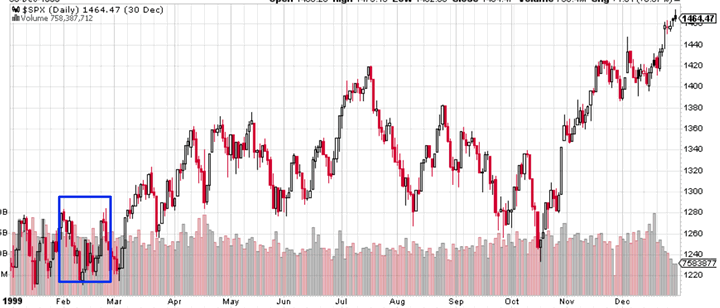
March 2001
The S&P rallied over the next 2 months. This historical case does not apply to today because this was within a bear market and recession. The U.S. economy is nowhere near a recession today.

July 2007
The S&P swung higher over the next 2.5 months. The next bear market began 2.5 months later in October.
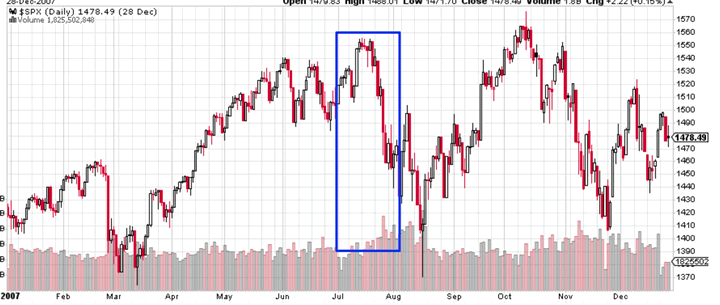
January 2015
The S&P swung higher over the next 3.5 months. The next significant correction began 3.5 months later in May 2015.
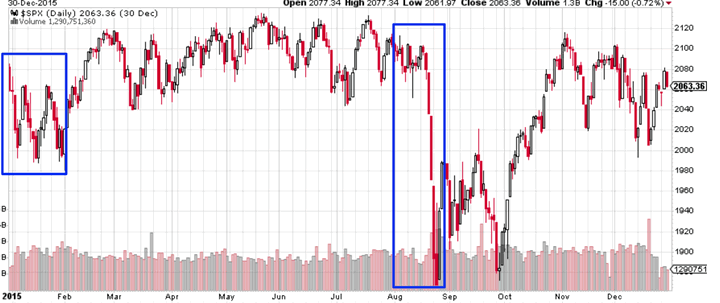
August 2015
This was the first major bottom for the S&P 500 in this significant correction. The S&P 500 went higher over the next 2 months.
Conclusion
This signal came out at the end of February 2018. This study implies that the U.S. stock market will trend higher AT LEAST throughout March, April, and May 2018. This is a medium term bullish sign for the U.S. stock market.
By Troy Bombardia
I’m Troy Bombardia, the author behind BullMarkets.co. I used to run a hedge fund, but closed it due to a major health scare. I am now enjoying life and simply investing/trading my own account. I focus on long term performance and ignore short term performance.
Copyright 2018 © Troy Bombardia - All Rights Reserved
Disclaimer: The above is a matter of opinion provided for general information purposes only and is not intended as investment advice. Information and analysis above are derived from sources and utilising methods believed to be reliable, but we cannot accept responsibility for any losses you may incur as a result of this analysis. Individuals should consult with their personal financial advisors.
© 2005-2022 http://www.MarketOracle.co.uk - The Market Oracle is a FREE Daily Financial Markets Analysis & Forecasting online publication.



